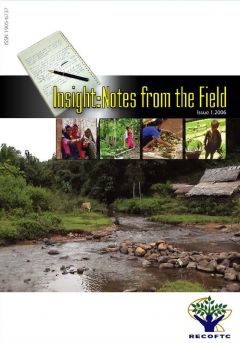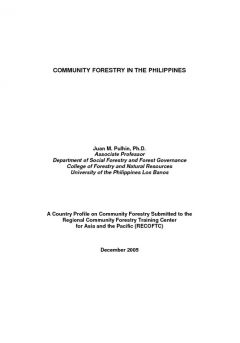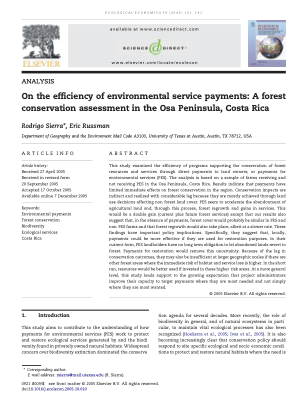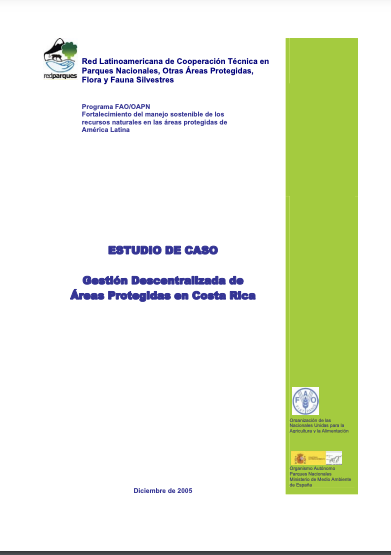Assessment of land use changes in Aşağıdere watershed in Bartın-Ulus
In this study, land use changes between 1986-2001 in Bartın-Ulus-Asagıdere watershed area was determined. In order to determine the land use percentages in 1986, Forest Management plan has been taken into consideration. Land use data belonging to 2001 has been determined by making use of the observations in the study area and data obtained from Forest Management plan of the year 2001. Arcview 3.2 software programme were used to analyze, examine and evaluate the data.








